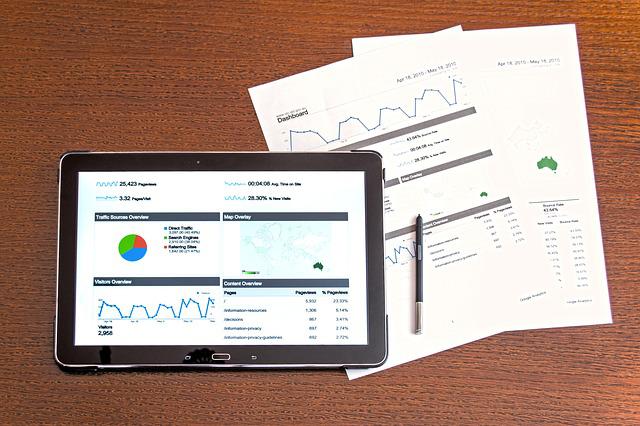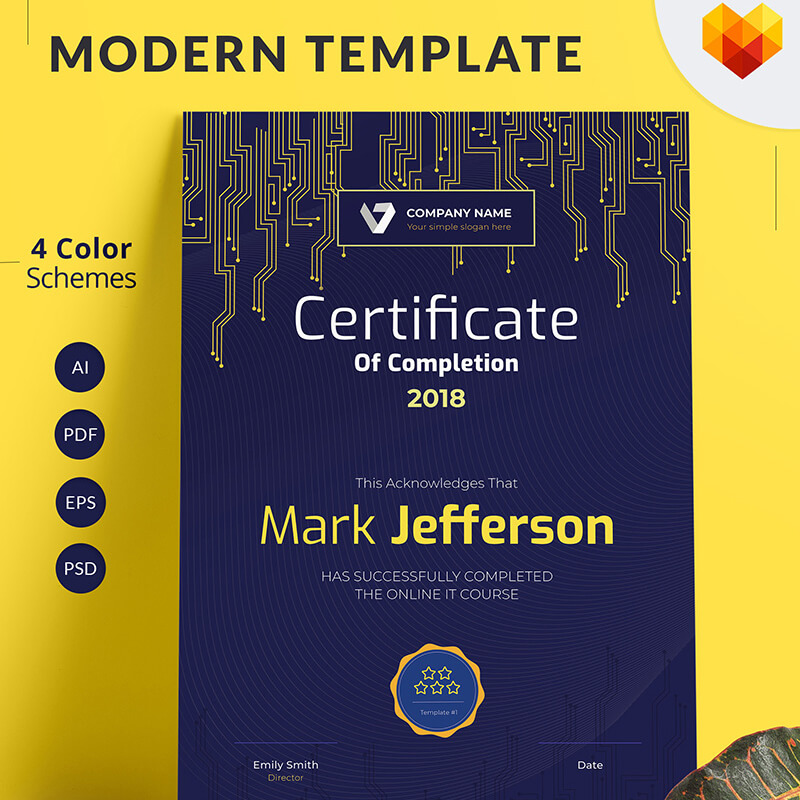
In ML, it’s essential to have good data. Just like how cutting-edge web design methods make a website look and work better, preparing our data correctly ensures we get the best results when analyzing it. Think of it as preparing to paint a picture or cook a meal. Methods to enhance data preparation for Analysis are like setting up your paints or ingredients. As many professionals in Machine Learning consulting will prove, getting data ready is the first step, from basic data cleaning and data integration to more detailed processes like feature engineering. Just like a cook knows that preparing ingredients is key to a good dish, anyone in machine learning understands the value of Data preprocessing best practices. As we explore this blog, we will uncover all the techniques for optimizing data preparation, from addressing missing data to feature engineering. Data is everywhere, and understanding how to prepare it is crucial to ensure our analyses are accurate and insightful.
Techniques for Optimizing Data Preparation:
In ML, data preprocessing best practices are foundational for achieving optimal results. These techniques transform raw data into a well-refined format. Let’s deep dive into below five methods for optimizing data preparation.
Handling Missing Data:
Diving into the art of optimizing data for analytical tasks, one quickly realizes that missing data poses a frequent and tricky obstacle. However, missing values aren’t merely gaps in datasets; they often convey critical information. Tackling this issue begins with data validation to recognize and quantify the missing entries. Once identified, the real task is choosing the right imputation method. While the basics like mean, median or mode imputation offer straightforward solutions, more intricate methods like KNN imputation can yield better accuracy, especially when relationships between variables are more complex. Encoding categorical variables often adds another layer to this challenge, making handling nulls effectively before the encoding step imperative. Automation tools play an important role in this stage, making sure consistency and scalability of the imputation process. Incorporating these best practices makes sure that our data remains rich in information, even when faced with the inevitable challenge of gaps.
Dealing with Outliers:
In the journey of data transformation, outliers stand as influential points that can skew the overall insight of a dataset. Their presence isn’t necessarily erroneous; sometimes, they represent valuable anomalies. However, unaddressed outliers can often lead to inaccurate models. Methods like Z-score and IQR have emerged as trusted techniques to identify these deviations. But mere detection isn’t enough; the subsequent step is deciding the course of action. Depending on the nature of the data and the domain of application, one might opt for trimming (removing the outlier), capping (limiting its extreme value), or even more sophisticated data transformation methods. Handling imbalanced datasets is another aspect closely tied to outlier management. As we cleanse our data, it’s equally vital to maintain harmony between data integration from various sources, ensuring consistency and relevance. Every step taken in data cleaning, for outliers or otherwise, sets the foundation for further processes like data normalization and scaling. By meticulously addressing outliers, we enhance our datasets’ overall quality and reliability, preparing them for more advanced analytical tasks.
Encoding Categorical Data:
As we delve into the keys to effective and efficient data preparation, the role of categorical data must be addressed. Unlike continuous data, categorical data comes in defined, limited labels. Their proper encoding ensures that machine learning models can fruitfully interpret and use this data. The two primary methods for this are one-hot encoding and ordinal encoding. While one-hot encoding transforms each category into distinct binary columns, ordinal encoding allocates a distinct integer value for every label. Choosing wisely between them is crucial, as the wrong encoding can introduce unwanted biases or inaccuracies. Handling the details of categorical data is a big task. Categorical data isn’t just regular numbers; it has clear labels that need extra care. For these tricky situations, we use tools like binary and frequency encoding. They don’t just change how it looks; they show the real meaning of our data. After doing all this, we need to check again with data validation. It’s our way of asking, “Is this data correct?” And sometimes, our data isn’t even. That’s when we use data splitting and balancing, making sure our models get equal amounts of data.
And we shouldn’t forget the problems when we mix data from different places. Combining data can be tricky, and we need good plans to make sure everything fits well.
Scaling and Normalization:
Scaling and normalization are pillars in data preparation, making sure data is primed for our machine learning models. The main goal? To ensure data points are on a similar scale, no single input overshadows others, leading our model astray. Min-max scaling and Z-score normalization are popular tools in our arsenal. While they sound technical, it’s quite simple: we’re adjusting data so everything is more even and comparable.
But why do we scale or normalize? Well, think of it as setting the stage. We’re tidying up by using strategies for improving data readiness, like data cleaning and encoding categorical variables. Yet, sometimes our data is too loud or quiet, and we need to adjust its volume. That’s where normalization and scaling step in.
Balancing data, splitting it correctly, and ensuring its truth through data validation are steps we must recognize. And the use of automation tools can speed up these processes. However, we might need help with data integration challenges while blending data from various pots. But with careful planning, these hurdles are just another step towards achieving the perfect data set for our models.
Feature Engineering:
Feature engineering, often the unsung data preparation hero, can transform a good model into a great one. But what is it? Essentially, it’s the craft of extracting more from our data, unveiling deeper insights by creating new features or refining existing ones.
Utilizing advanced data preprocessing and enhancement methods, we can mould our datasets to reveal patterns otherwise hidden. For instance, from a simple date column, we might extract day, month, season, or even public holidays, offering our models a richer understanding of the context.
Yet, it’s sometimes about something other than adding. Sometimes, to gain clarity, we must reduce. We trim away the noise with feature selection techniques, keeping only what truly matters. This doesn’t just save computational time; it ensures our models are clear of irrelevant details.
As we delve deeper into integrating different data points, challenges can arise. Data cleaning becomes pivotal, ensuring errors or redundancies don’t mislead us. Data transformation processes aid in restructuring, and data integration challenges surface as we bring different datasets into harmony. But with a robust understanding of feature engineering, these challenges become opportunities, driving us towards models that not only predict but truly understand.
Conclusion:
Taking a step back, prepping our data isn’t just ‘step one.’ It’s the meat of the work. Think about it: we’re taking messy, confusing information and turning it into something we can use. Those fancy methods to enhance data preparation for analysis?They’re like our cooking tools, turning simple ingredients into tasty dishes. So, whether it’s fixing gaps in our data or coming up with smart new ways to look at it, it’s all about ensuring we have the best base to work from. Because when our starting point is solid, everything that follows from insights to decisions gets much clearer. Prepping data might not be glamorous, but mastering it? That’s where the real magic happens in analytics.
Master the art of data prep with five transformative techniques! Enhance model accuracy, streamline processes, and uncover deeper insights. Dive in to elevate your analytics journey!







